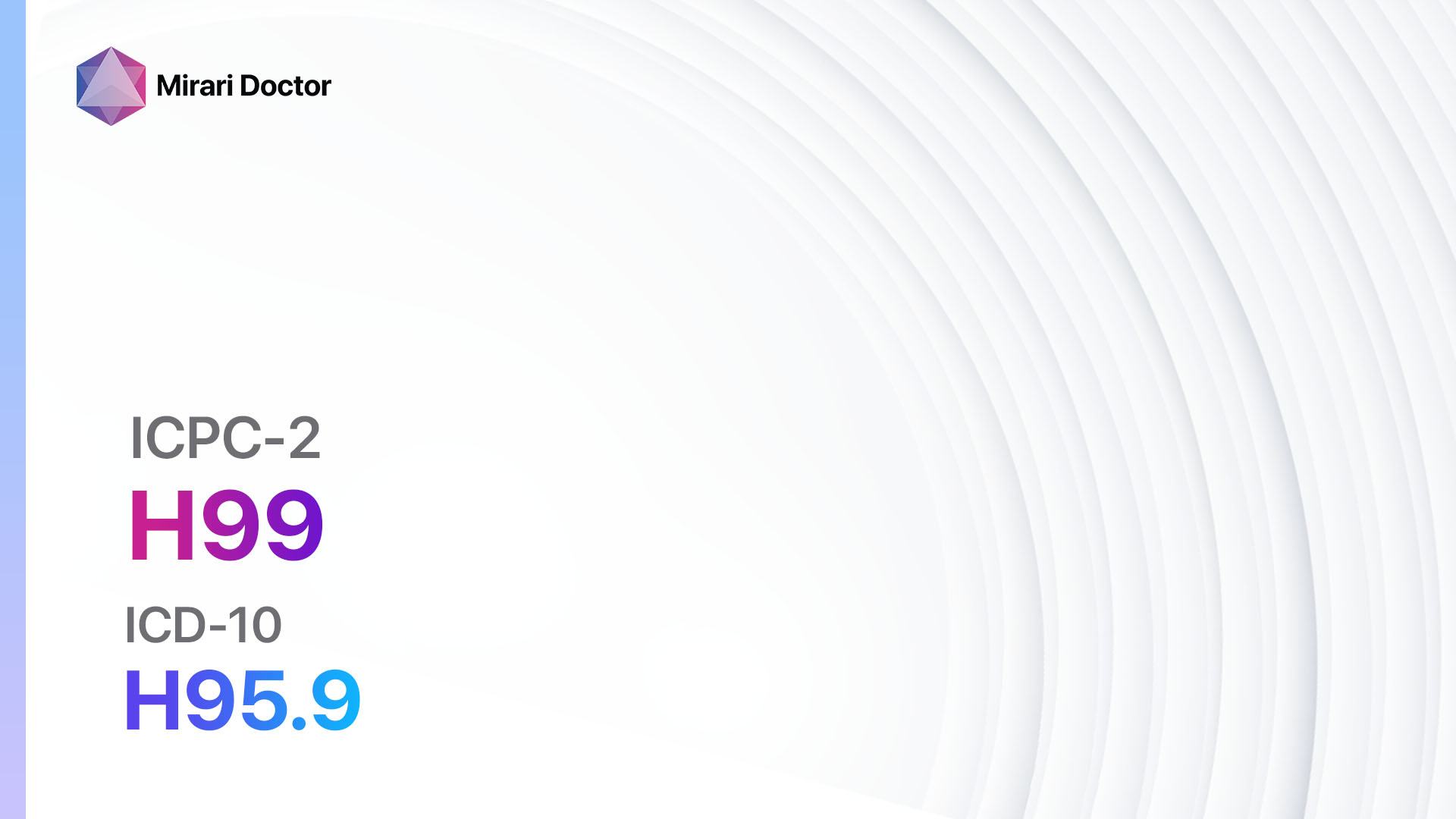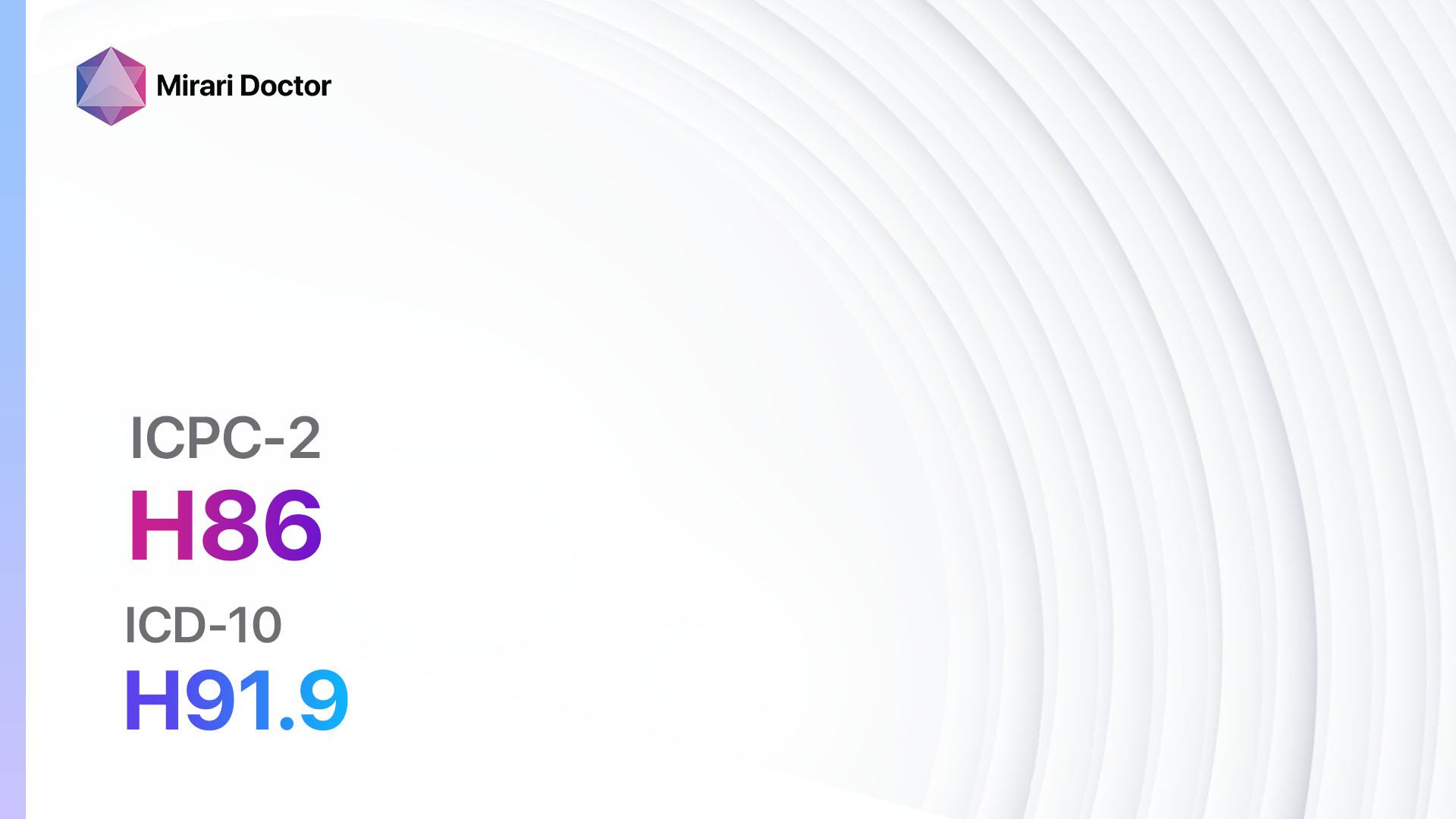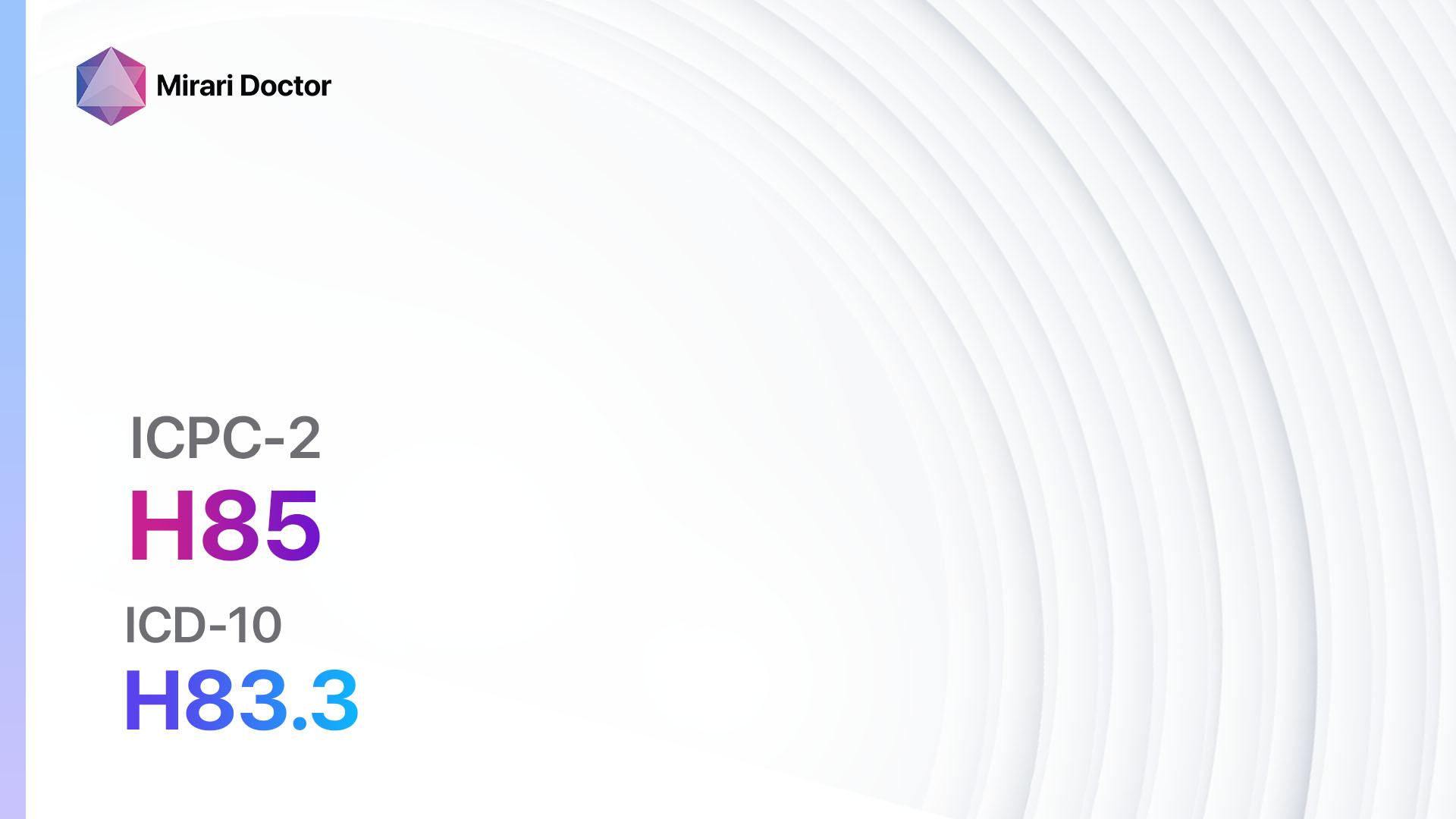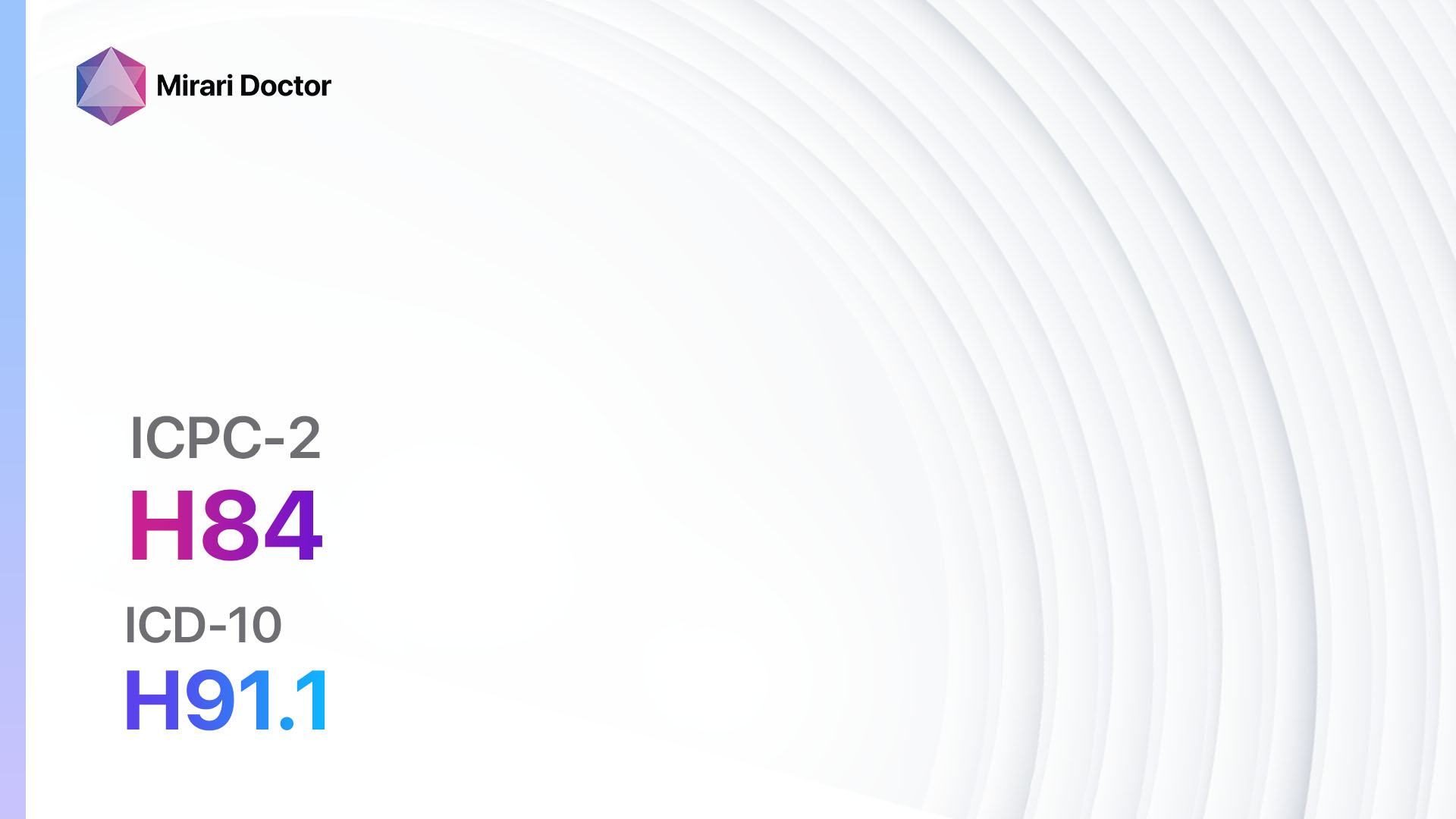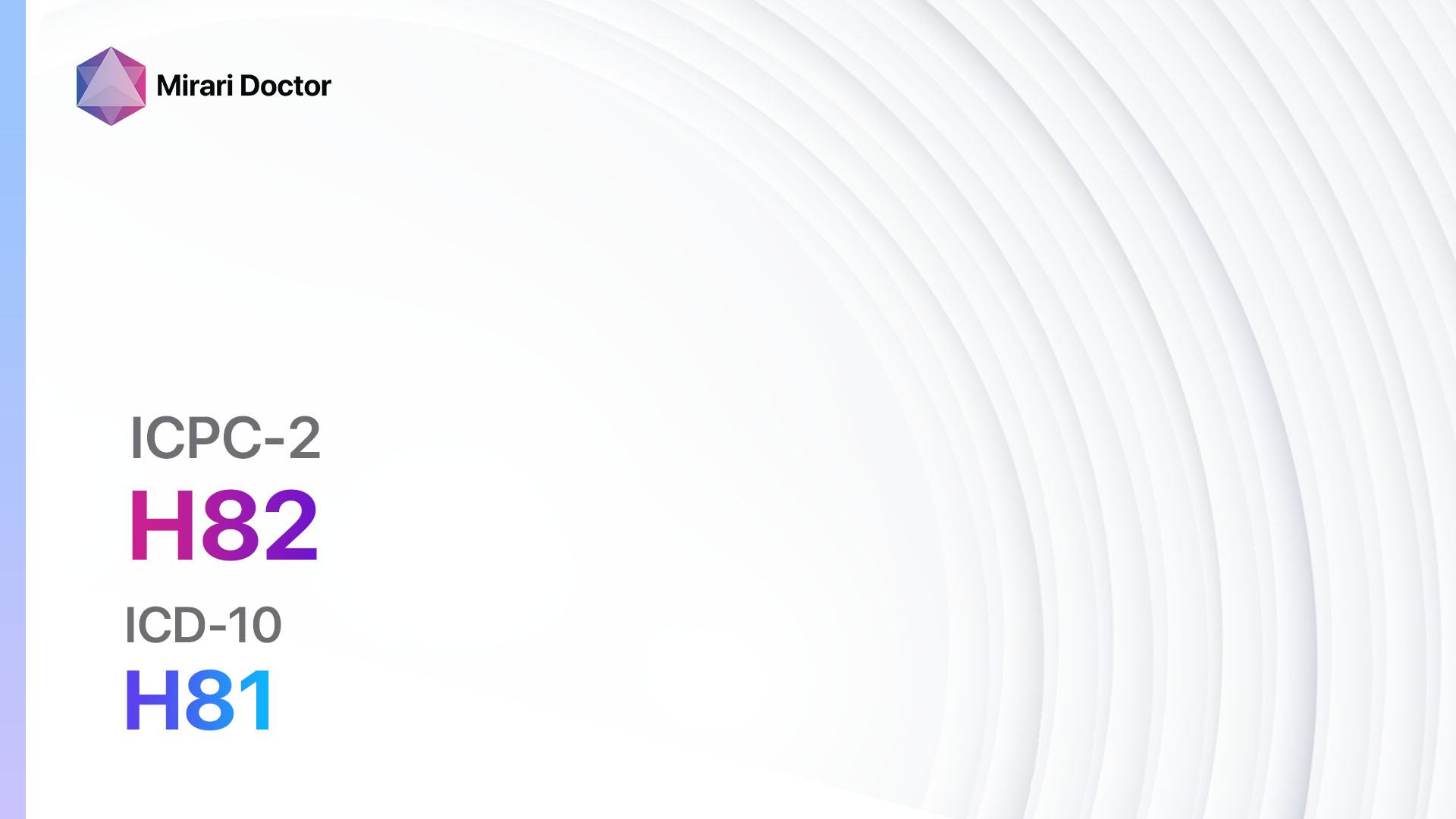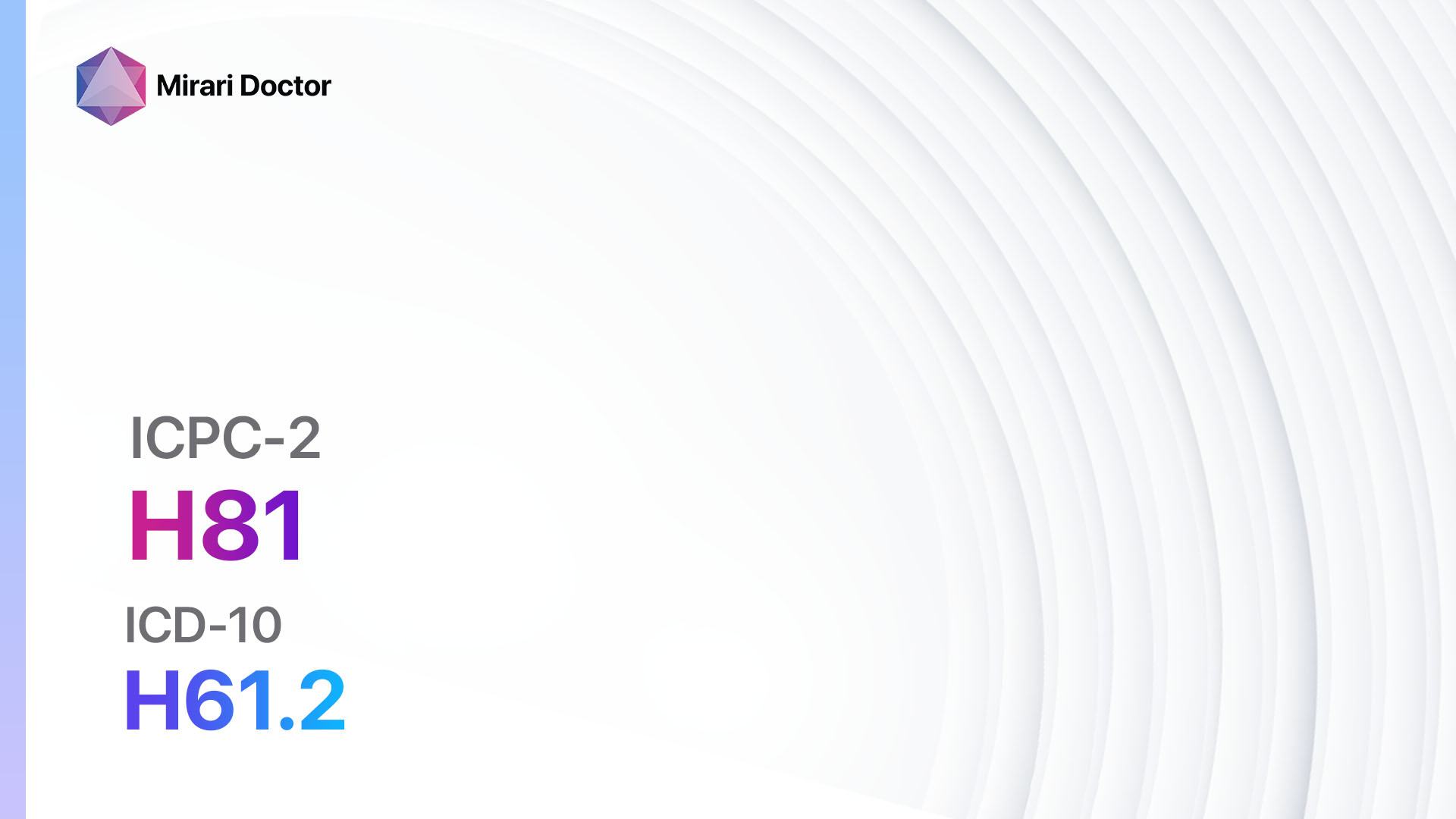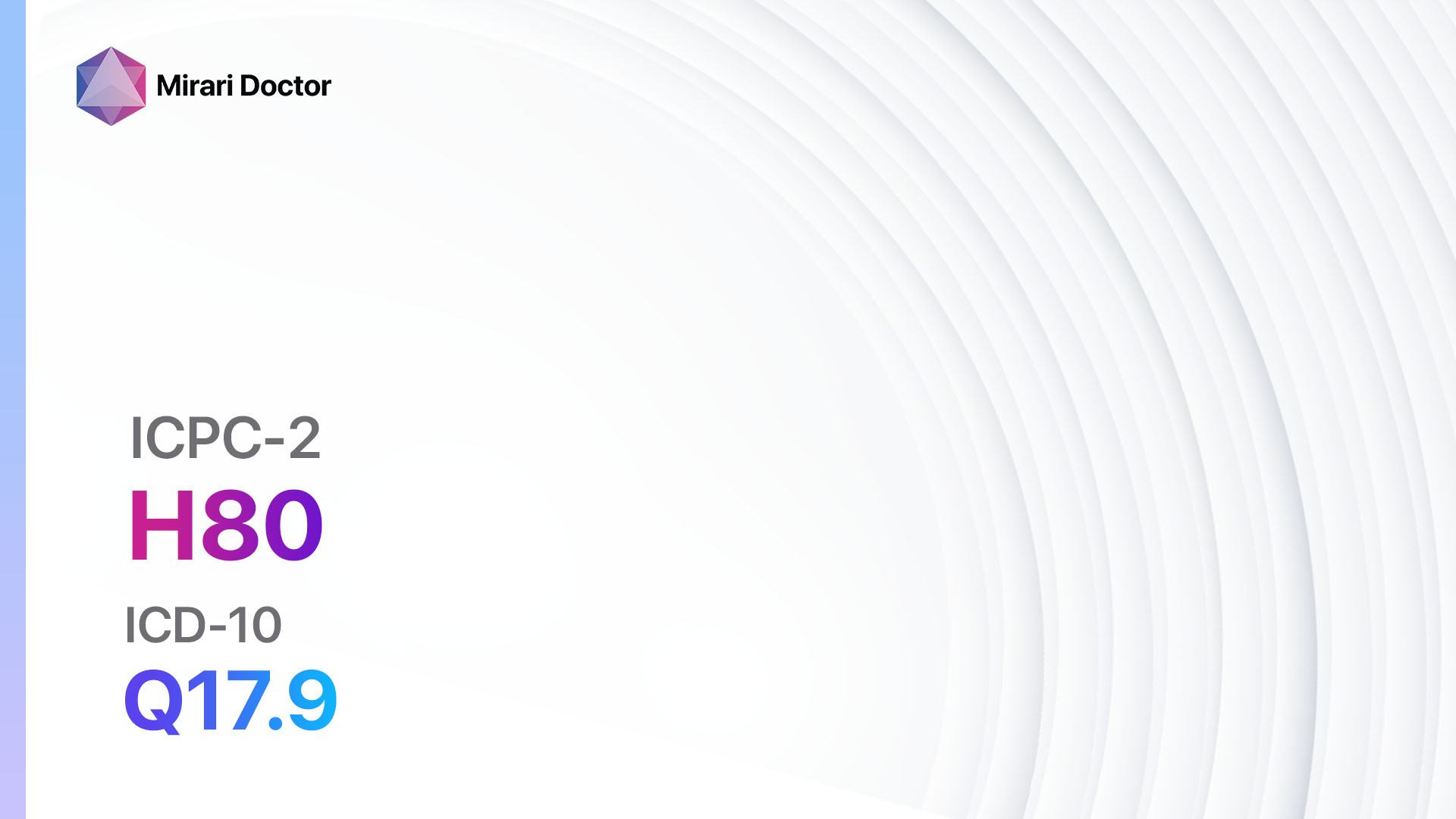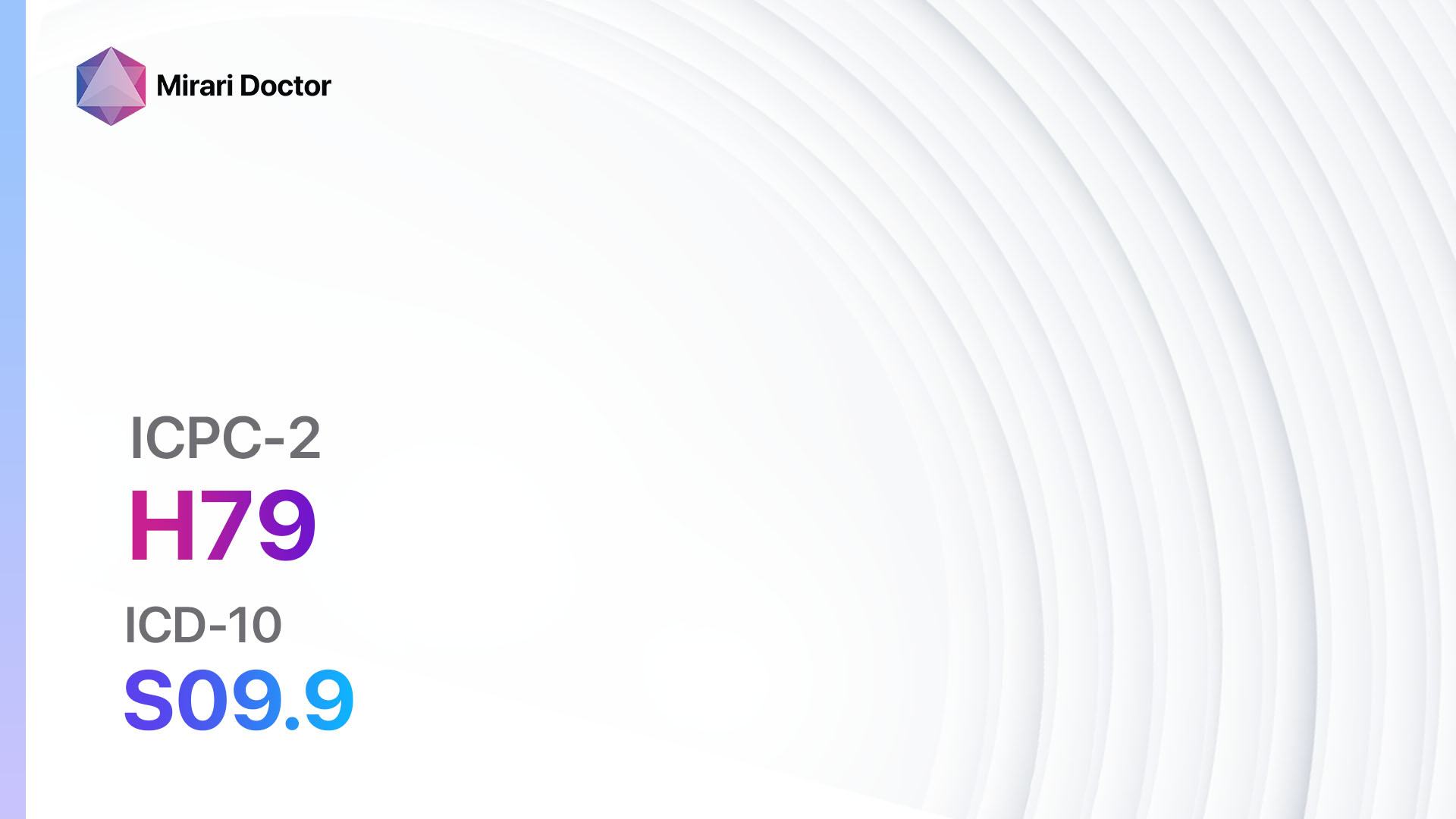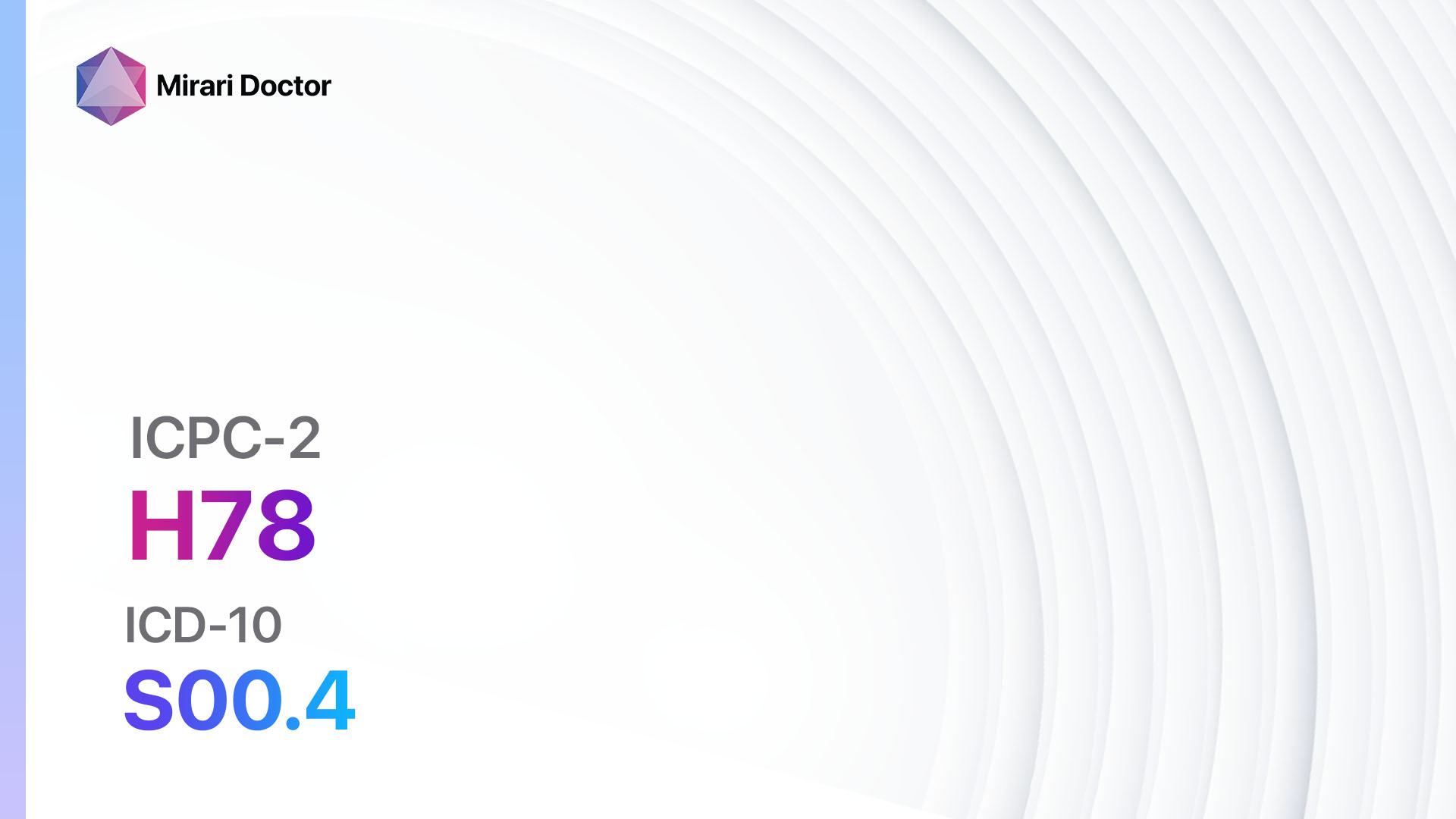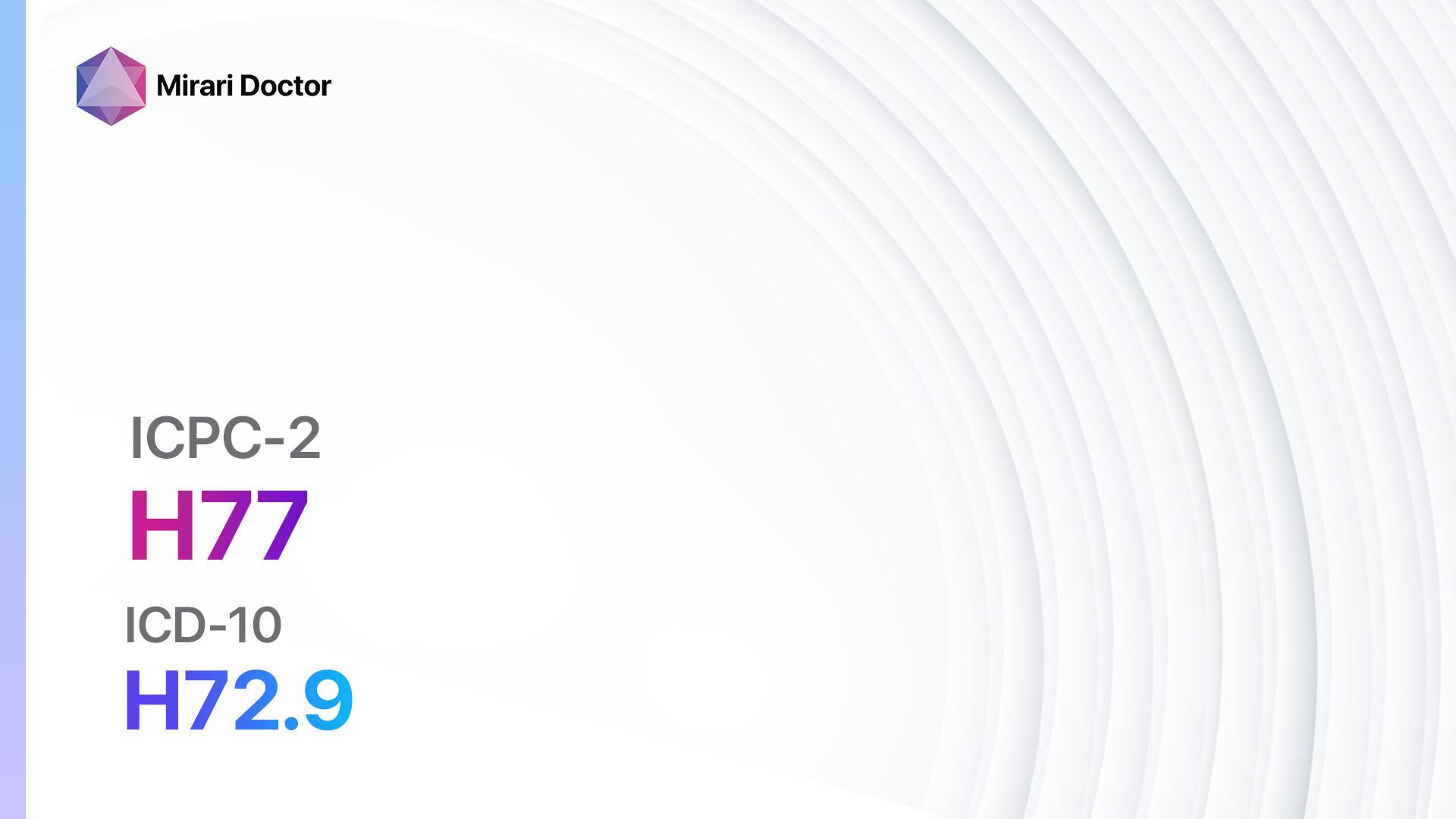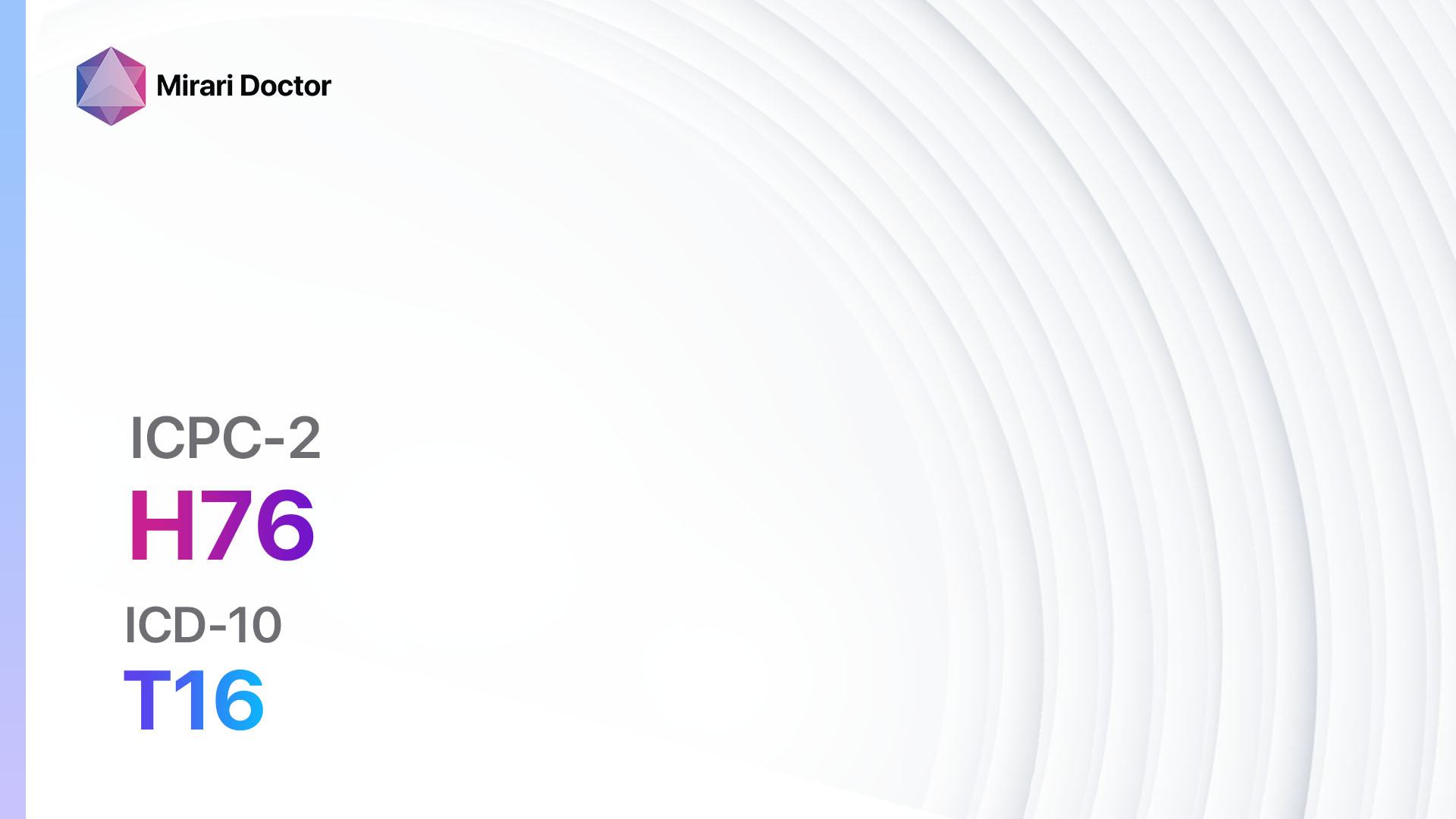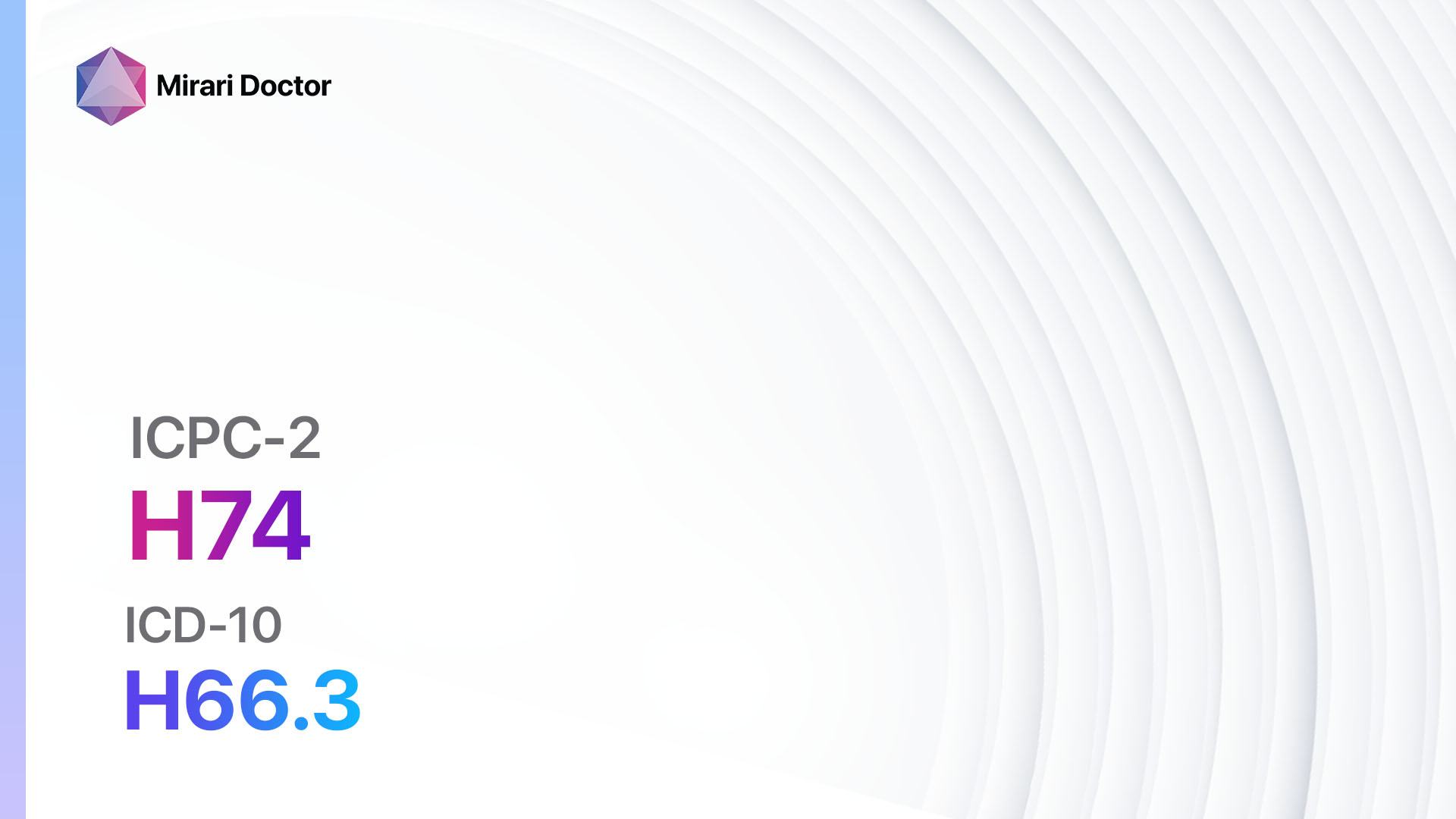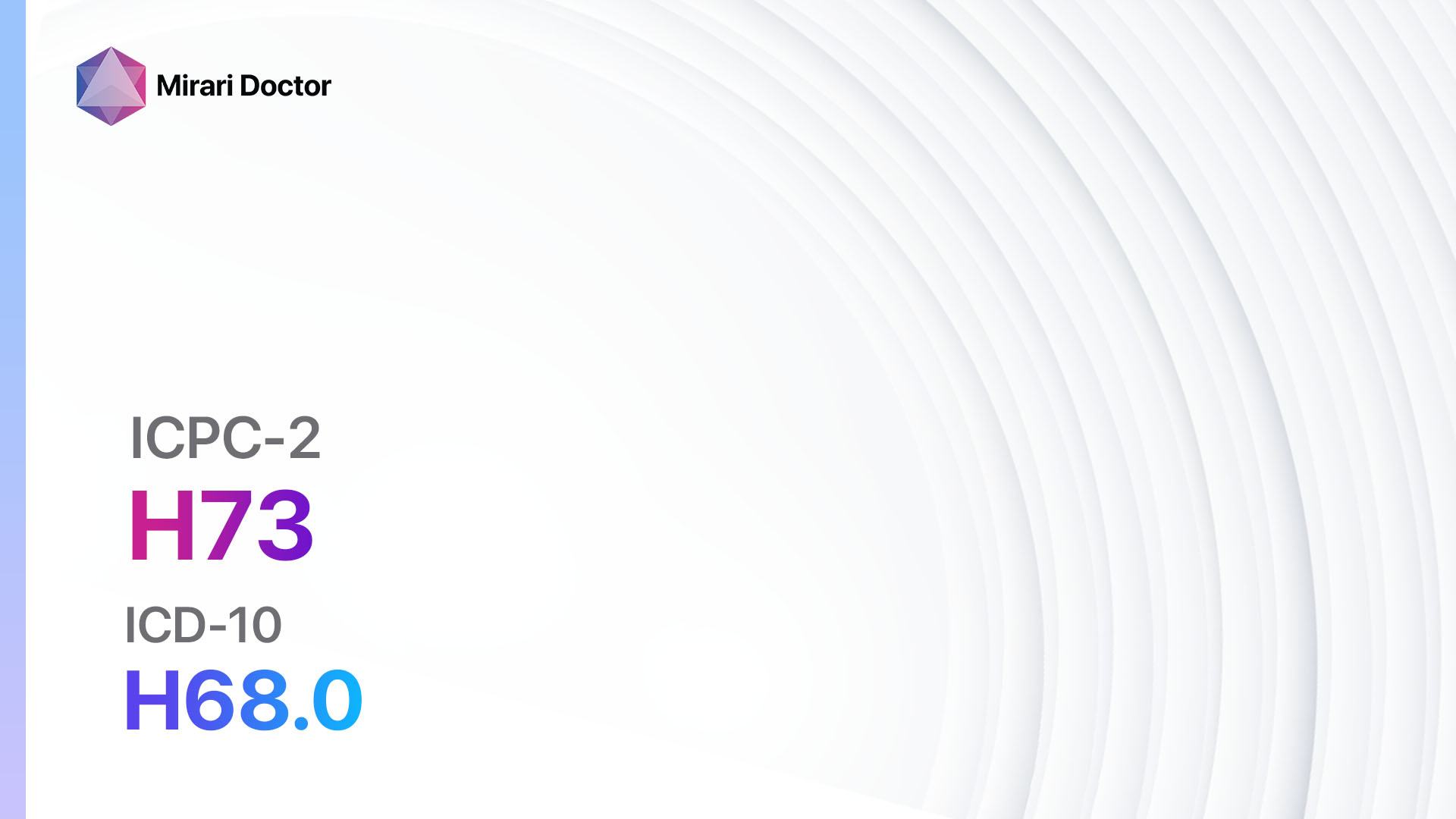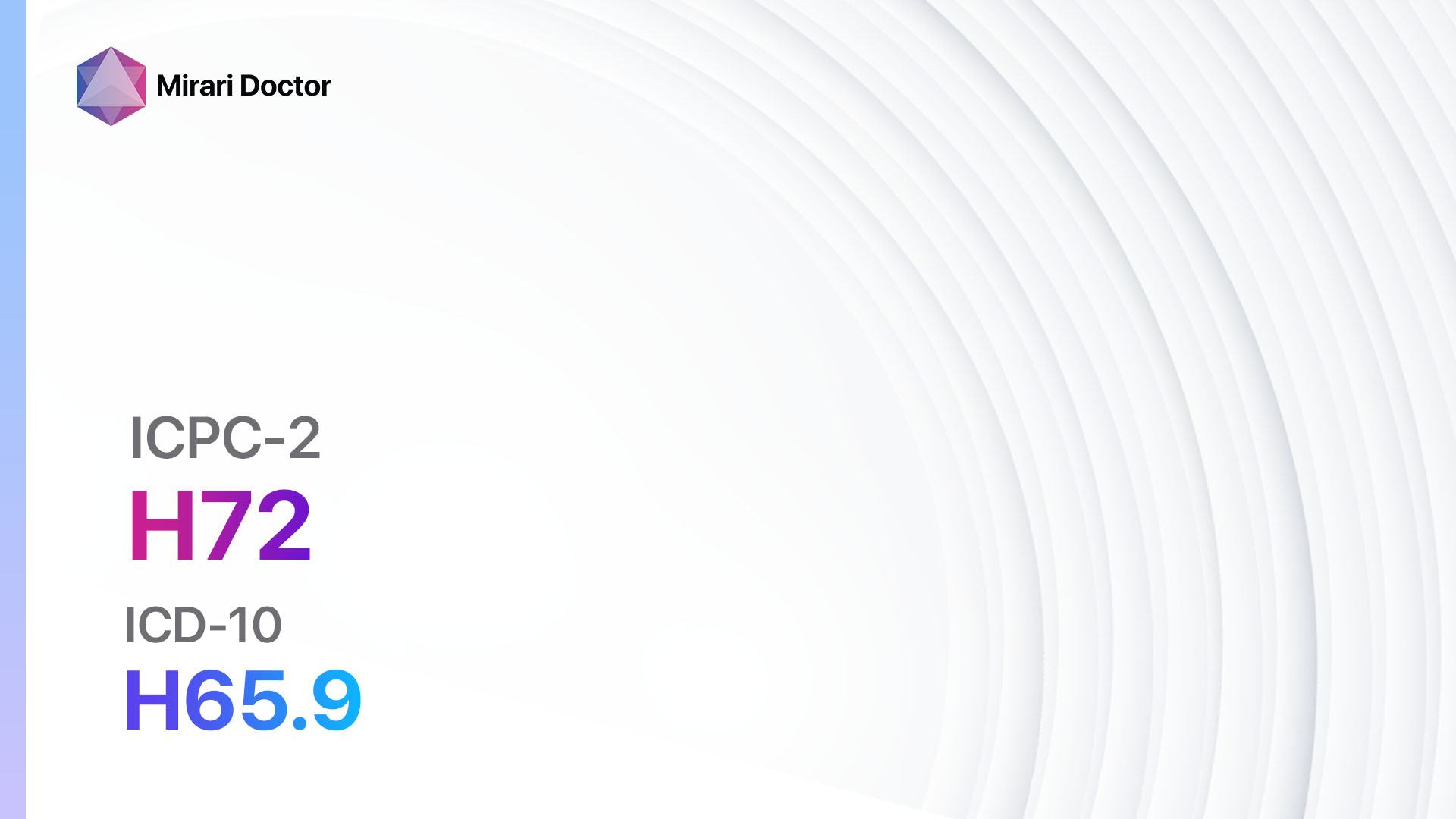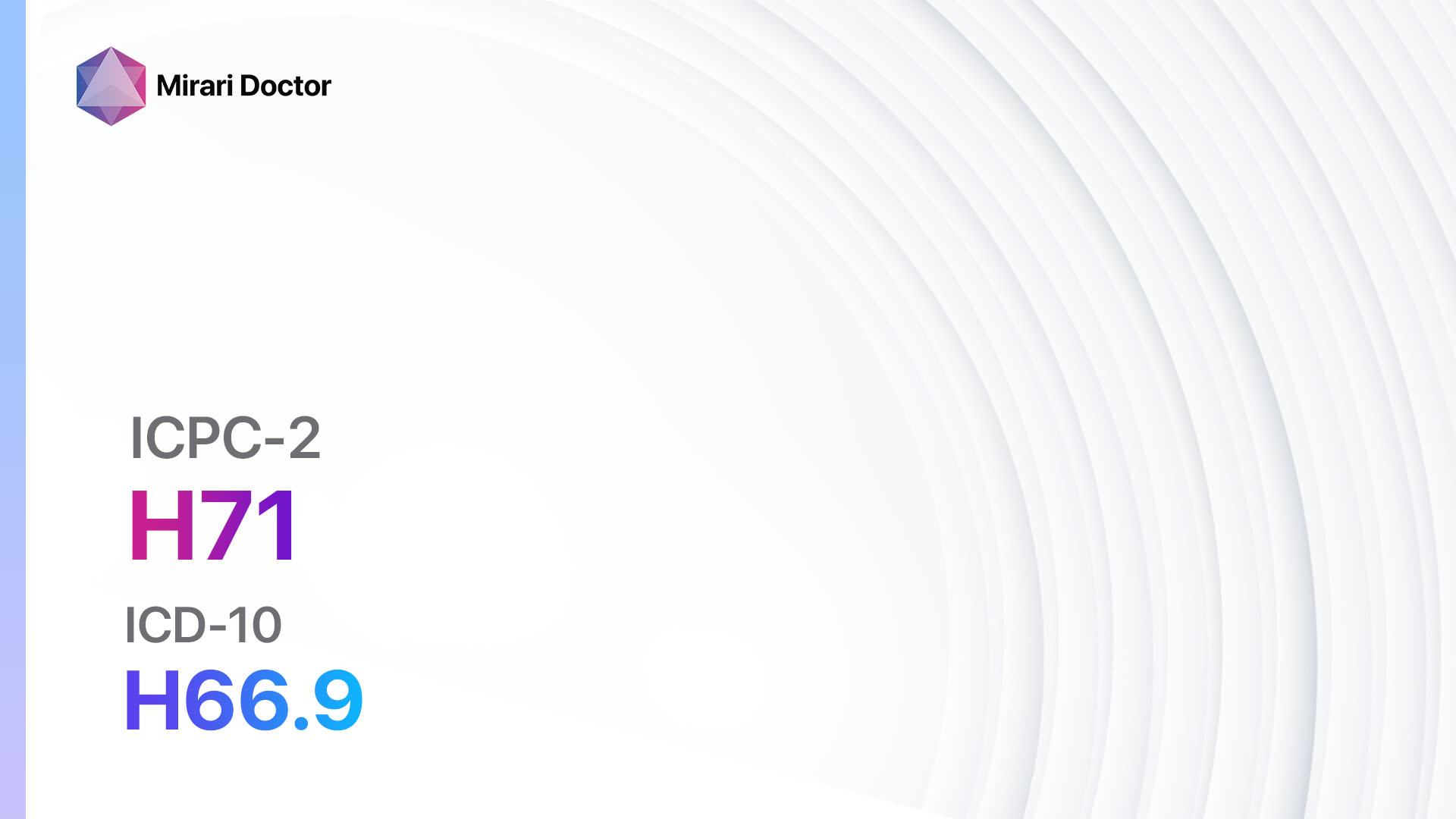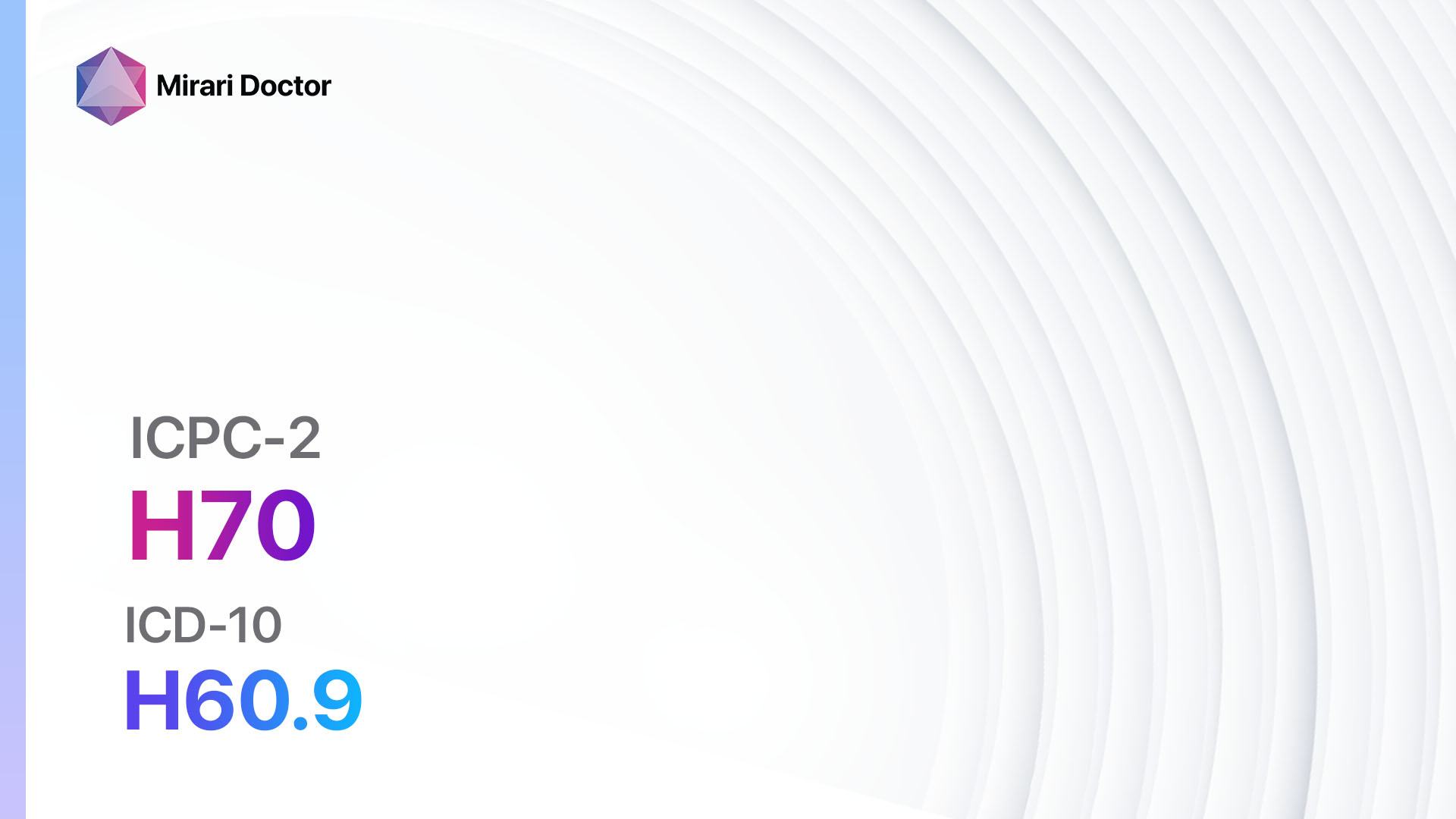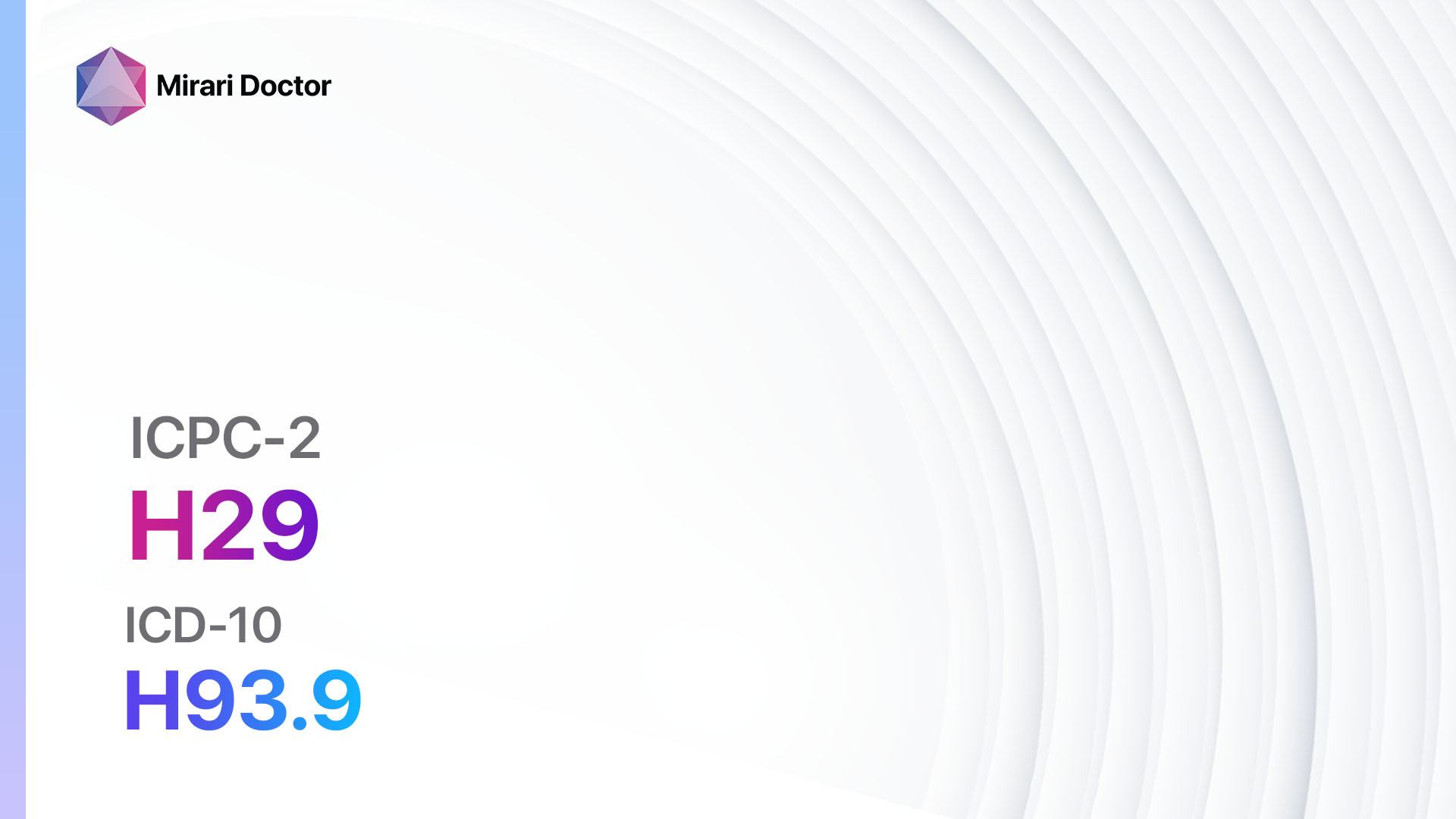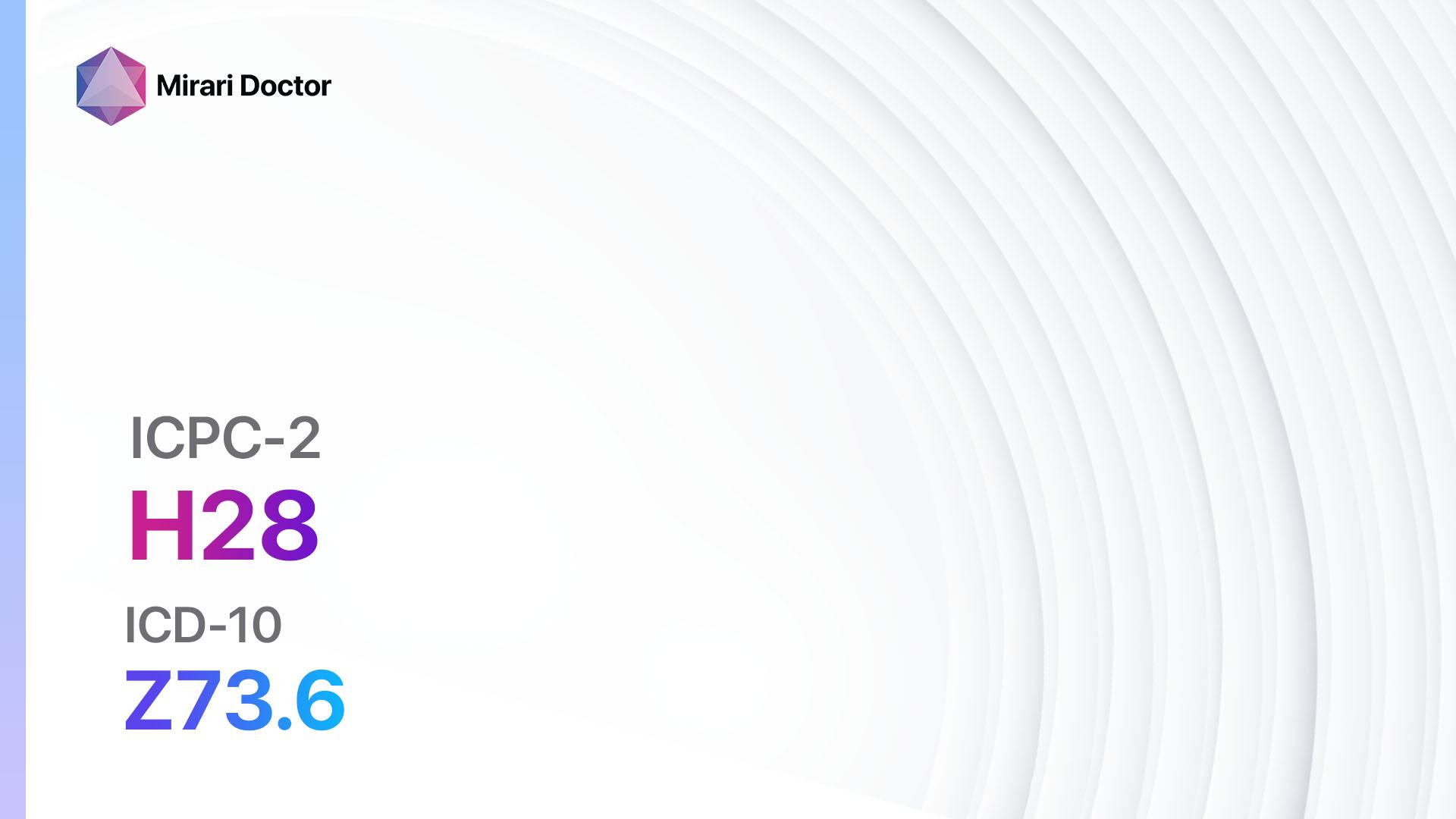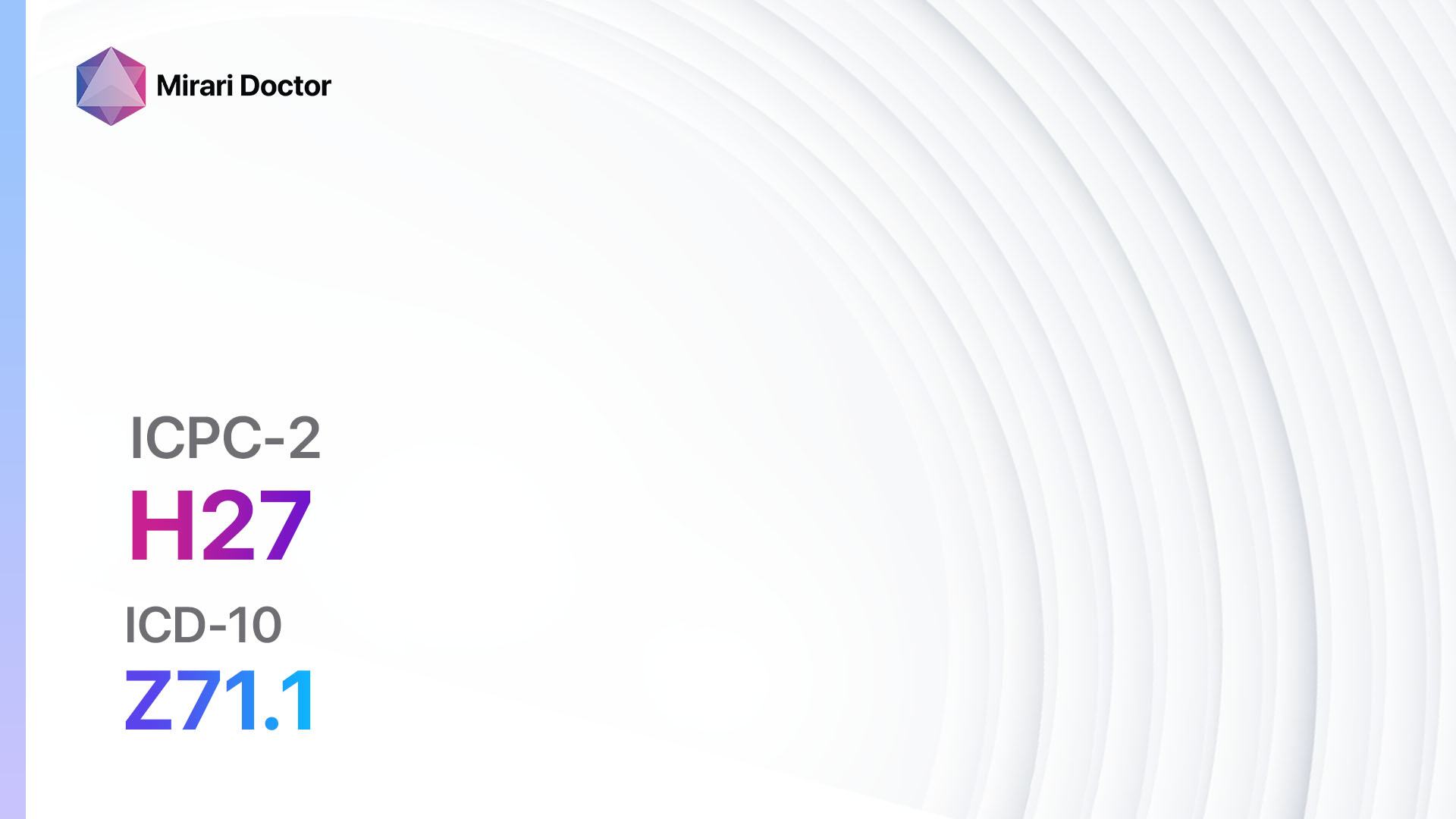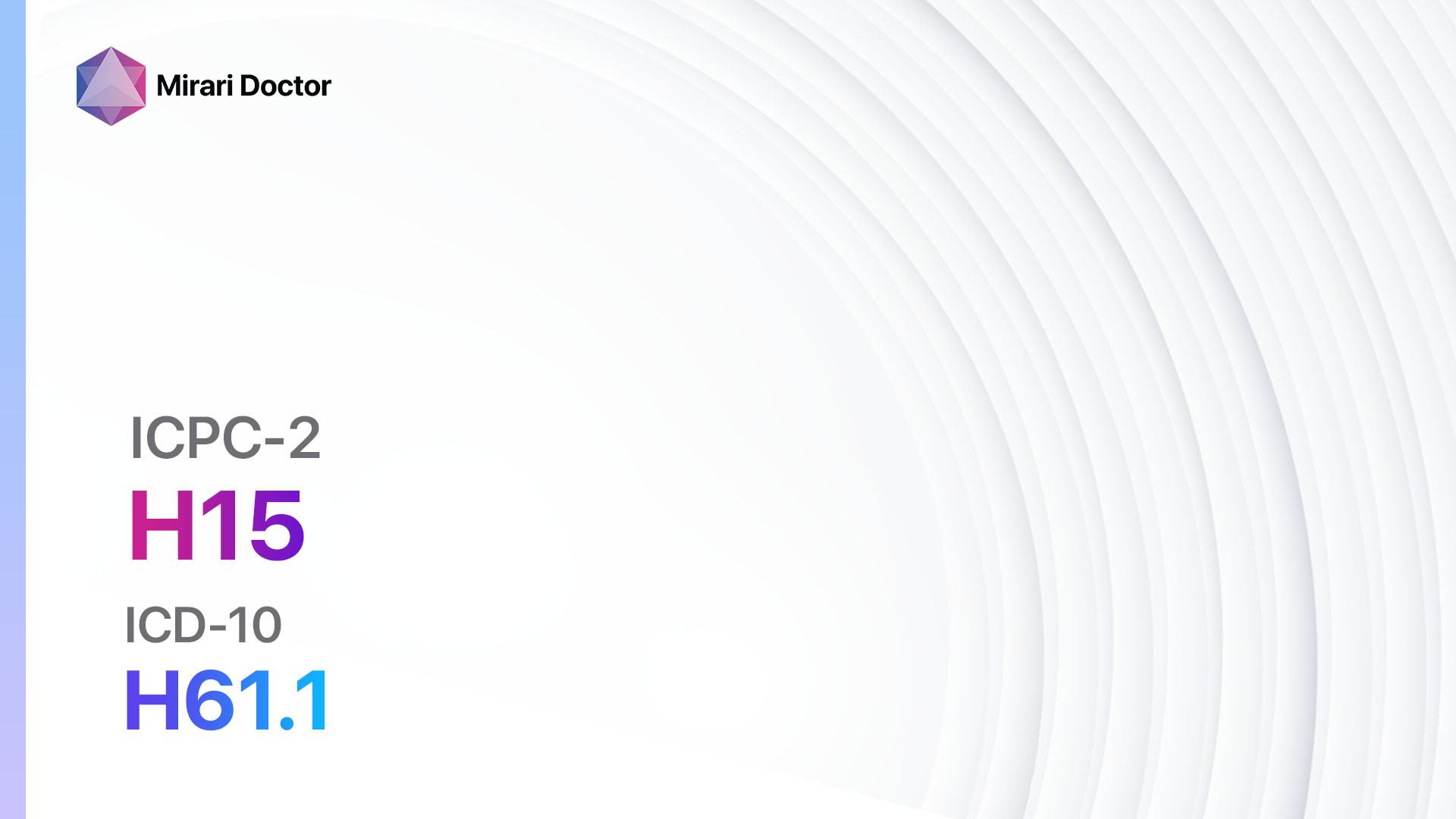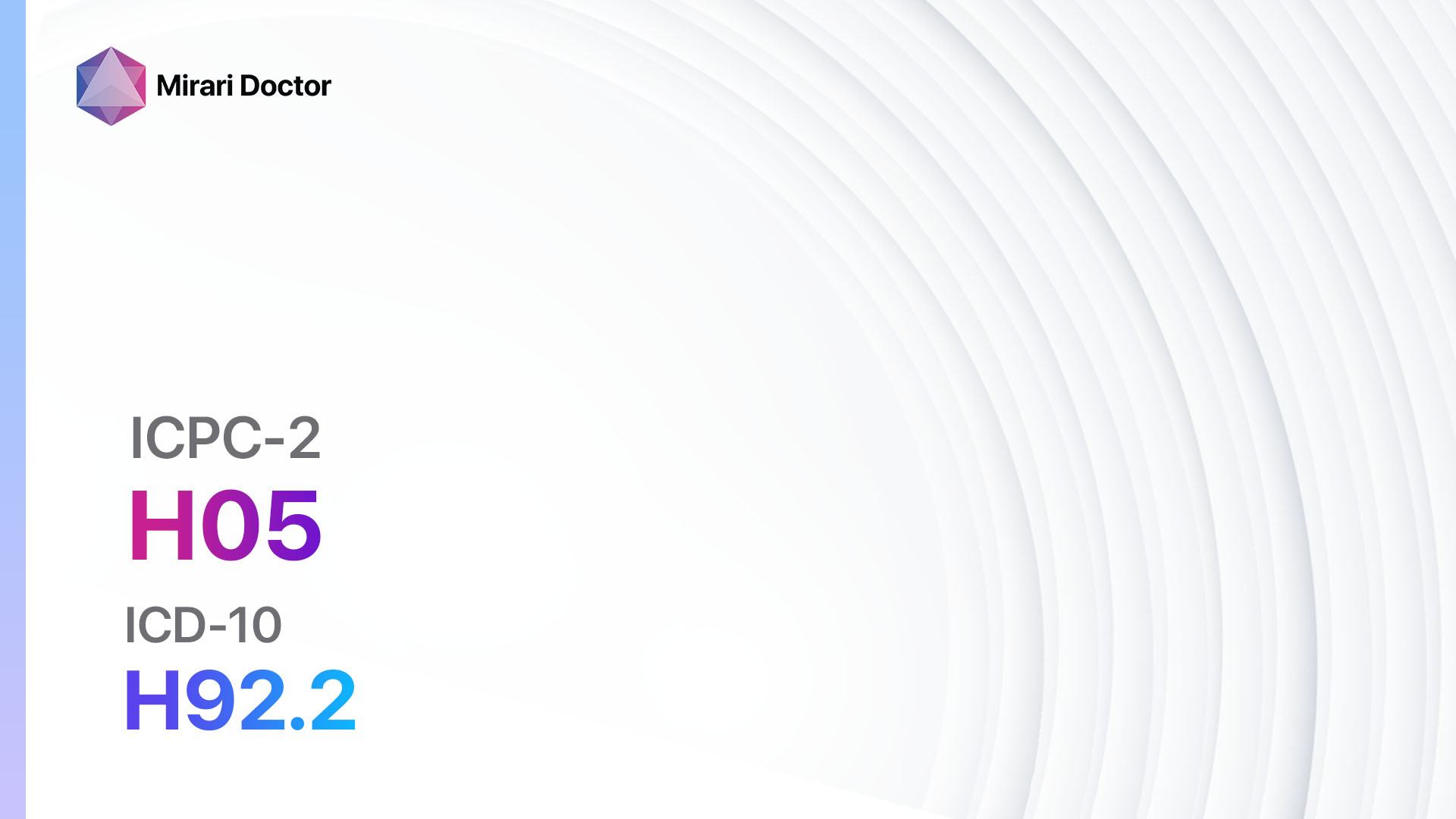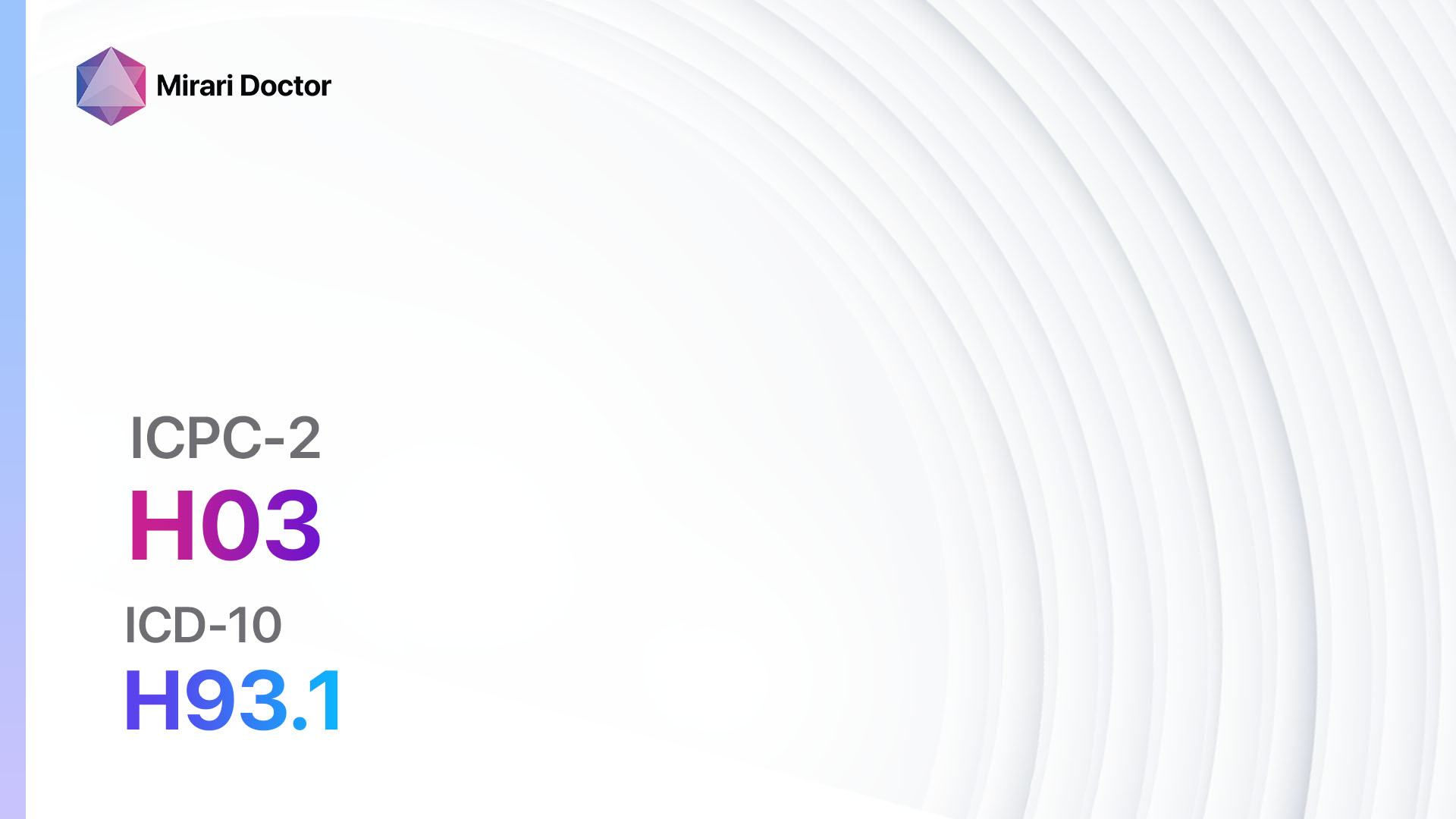
Introduction
Tinnitus is a condition characterized by the perception of ringing or buzzing sounds in the ears. It can be a symptom of an underlying medical condition or can occur without any identifiable cause[1]. This guide aims to provide an overview of tinnitus, including its symptoms, causes, diagnostic steps, possible interventions, and lifestyle modifications.
Codes
Symptoms
- Ringing or buzzing sounds in one or both ears[4]
- Perception of sound that is not present in the external environment[5]
- Variations in sound intensity and pitch[6]
- Difficulty concentrating or sleeping due to the constant noise[7]
Causes
- Age-related hearing loss[8]
- Exposure to loud noises[9]
- Earwax blockage[10]
- Ear infections
- Meniere’s disease
- Temporomandibular joint (TMJ) disorders
- Head or neck injuries
- Certain medications, such as high doses of aspirin or antibiotics
Diagnostic Steps
Medical History
- Gather information about the patient’s symptoms, including the duration, intensity, and frequency of the tinnitus.
- Identify any risk factors, such as exposure to loud noises or a history of ear infections.
- Determine if there are any underlying medical conditions that may be contributing to the tinnitus.
Physical Examination
- Examine the ears for any signs of infection, blockage, or structural abnormalities.
- Assess the patient’s hearing ability using a tuning fork or audiometry tests.
- Check for any signs of TMJ disorders or other conditions that may be related to the tinnitus.
Laboratory Tests
- Complete blood count (CBC) to rule out any underlying infections or systemic conditions.
- Thyroid function tests to assess thyroid hormone levels, as imbalances can contribute to tinnitus.
- Vitamin B12 and folate levels, as deficiencies in these vitamins can cause tinnitus.
Diagnostic Imaging
- Magnetic resonance imaging (MRI) of the brain to rule out any tumors or structural abnormalities.
- Computed tomography (CT) scan of the head and neck to assess the condition of the ear structures.
Other Tests
- Tinnitus pitch matching and loudness matching tests to determine the specific characteristics of the tinnitus.
- Tinnitus masking tests to evaluate the effectiveness of sound therapy in reducing the perception of tinnitus.
Follow-up and Patient Education
- Schedule regular follow-up appointments to monitor the progression of tinnitus and assess the effectiveness of interventions.
- Provide education to the patient about the nature of tinnitus, its potential causes, and available treatment options.
- Encourage the patient to seek support from tinnitus support groups or counseling services.
Possible Interventions
Traditional Interventions
Medications:
Top 5 drugs for Tinnitus:
- Antidepressants (e.g., Amitriptyline, Nortriptyline):
- Cost: Generic versions can be $3-$50/month.
- Contraindications: Hypersensitivity to the medication, recent use of monoamine oxidase inhibitors.
- Side effects: Dry mouth, drowsiness, constipation.
- Severe side effects: Serotonin syndrome, cardiac arrhythmias.
- Drug interactions: MAO inhibitors, other antidepressants.
- Warning: May take several weeks to see the full effect.
- Benzodiazepines (e.g., Diazepam, Clonazepam):
- Cost: Generic versions can be $3-$50/month.
- Contraindications: Acute narrow-angle glaucoma, severe respiratory insufficiency.
- Side effects: Sedation, dizziness, confusion.
- Severe side effects: Respiratory depression, dependence.
- Drug interactions: Alcohol, other sedatives.
- Warning: Should not be used long-term due to the risk of dependence.
- Anticonvulsants (e.g., Gabapentin, Pregabalin):
- Cost: Generic versions can be $3-$50/month.
- Contraindications: Hypersensitivity to the medication, renal impairment.
- Side effects: Dizziness, drowsiness, peripheral edema.
- Severe side effects: Stevens-Johnson syndrome, angioedema.
- Drug interactions: Opioids, other anticonvulsants.
- Warning: Dose adjustments may be necessary in patients with renal impairment.
- Steroids (e.g., Prednisone, Dexamethasone):
- Cost: Generic versions can be $3-$50/month.
- Contraindications: Systemic fungal infections, live vaccines.
- Side effects: Increased appetite, weight gain, mood changes.
- Severe side effects: Adrenal suppression, osteoporosis.
- Drug interactions: NSAIDs, anticoagulants.
- Warning: Should be used cautiously and for a limited duration due to potential side effects.
- Vasodilators (e.g., Betahistine, Cinnarizine):
- Cost: Generic versions can be $3-$50/month.
- Contraindications: Hypersensitivity to the medication, pheochromocytoma.
- Side effects: Nausea, headache, dizziness.
- Severe side effects: Hypotension, allergic reactions.
- Drug interactions: Antihypertensives, other vasodilators.
- Warning: May take several weeks to see the full effect.
Alternative Drugs:
- Ginkgo biloba: An herbal supplement that may improve blood flow to the ears. Cost: $10-$30/month.
- Melatonin: A hormone that may help improve sleep quality and reduce tinnitus symptoms. Cost: $5-$20/month.
- Magnesium: A mineral that may have a protective effect on the auditory system. Cost: $5-$15/month.
- Zinc: A mineral that may help reduce tinnitus symptoms in individuals with zinc deficiency. Cost: $5-$15/month.
- Lipoflavonoid: A combination of vitamins and minerals that may help improve inner ear circulation. Cost: $20-$50/month.
Surgical Procedures:
- Cochlear implantation: A surgical procedure that involves the implantation of a device to stimulate the auditory nerve. Cost: $50,000 to $100,000.
- Tinnitus retraining therapy (TRT): A combination of counseling and sound therapy to help individuals habituate to the tinnitus. Cost: $2,000 to $5,000.
Alternative Interventions
- Acupuncture: May help reduce tinnitus symptoms by improving blood flow and reducing stress. Cost: $60-$120 per session.
- Sound therapy: Involves the use of white noise or other soothing sounds to mask the tinnitus. Cost: $50-$200 for a sound machine.
- Cognitive behavioral therapy (CBT): A form of therapy that helps individuals change their thoughts and behaviors related to tinnitus. Cost: $100-$200 per session.
- Stress management techniques: Techniques such as meditation, yoga, and deep breathing exercises may help reduce tinnitus symptoms. Cost: Varies depending on the specific practice.
- Dietary modifications: Avoiding caffeine, alcohol, and certain foods that may exacerbate tinnitus symptoms. Cost: Varies depending on individual dietary choices.
Lifestyle Interventions
- Protecting the ears from loud noises by using earplugs or earmuffs. Cost: $5-$20 for a pair of earplugs.
- Managing stress through relaxation techniques, exercise, or counseling. Cost: Varies depending on the specific practice.
- Getting regular exercise to improve blood circulation and reduce tinnitus symptoms. Cost: Varies depending on individual preferences (e.g., gym membership, home exercise equipment).
- Avoiding ototoxic medications or discussing alternative options with healthcare providers. Cost: Varies depending on the specific medication.
- Maintaining a healthy diet rich in antioxidants and essential nutrients. Cost: Varies depending on individual dietary choices.
It is important to note that the cost ranges provided are approximate and may vary depending on the location and availability of the interventions.
Mirari Cold Plasma Alternative Intervention
Understanding Mirari Cold Plasma
- Safe and Non-Invasive Treatment: Mirari Cold Plasma is a safe and non-invasive treatment option for various skin conditions. It does not require incisions, minimizing the risk of scarring, bleeding, or tissue damage.
- Efficient Extraction of Foreign Bodies: Mirari Cold Plasma facilitates the removal of foreign bodies from the skin by degrading and dissociating organic matter, allowing easier access and extraction.
- Pain Reduction and Comfort: Mirari Cold Plasma has a local analgesic effect, providing pain relief during the treatment, making it more comfortable for the patient.
- Reduced Risk of Infection: Mirari Cold Plasma has antimicrobial properties, effectively killing bacteria and reducing the risk of infection.
- Accelerated Healing and Minimal Scarring: Mirari Cold Plasma stimulates wound healing and tissue regeneration, reducing healing time and minimizing the formation of scars.
Mirari Cold Plasma Prescription
Video instructions for using Mirari Cold Plasma Device – H03 Tinnitus, ringing/buzzing ear (ICD-10:H93.1)
| Mild | Moderate | Severe |
| Mode setting: 1 (Infection) Location: 0 (Localized) Morning: 15 minutes, Evening: 15 minutes |
Mode setting: 1 (Infection) Location: 0 (Localized) Morning: 30 minutes, Lunch: 30 minutes, Evening: 30 minutes |
Mode setting: 1 (Infection) Location: 0 (Localized) Morning: 30 minutes, Lunch: 30 minutes, Evening: 30 minutes |
| Mode setting: 2 (Wound Healing) Location: 0 (Localized) Morning: 15 minutes, Evening: 15 minutes |
Mode setting: 2 (Wound Healing) Location: 0 (Localized) Morning: 30 minutes, Lunch: 30 minutes, Evening: 30 minutes |
Mode setting: 2 (Wound Healing) Location: 0 (Localized) Morning: 30 minutes, Lunch: 30 minutes, Evening: 30 minutes |
| Mode setting: 3 (Antiviral Therapy) Location: 7 (Neuro system & ENT) Morning: 15 minutes, Evening: 15 minutes |
Mode setting: 3 (Antiviral Therapy) Location: 7 (Neuro system & ENT) Morning: 30 minutes, Lunch: 30 minutes, Evening: 30 minutes |
Mode setting: 3 (Antiviral Therapy) Location: 7 (Neuro system & ENT) Morning: 30 minutes, Lunch: 30 minutes, Evening: 30 minutes |
| Total Morning: 45 minutes approx. $7.50 USD, Evening: 45 minutes approx. $7.50 USD |
Total Morning: 90 minutes approx. $15 USD, Lunch: 90 minutes approx. $15 USD, Evening: 90 minutes approx. $15 USD, |
Total Morning: 90 minutes approx. $15 USD, Lunch: 90 minutes approx. $15 USD, Evening: 90 minutes approx. $15 USD, |
| Usual treatment for 7-60 days approx. $105 USD – $900 USD | Usual treatment for 6-8 weeks approx. $1,890 USD – $2,520 USD |
Usual treatment for 3-6 months approx. $4,050 USD – $8,100 USD
|
 |
|
Use the Mirari Cold Plasma device to treat Tinnitus, ringing/buzzing ear effectively.
WARNING: MIRARI COLD PLASMA IS DESIGNED FOR THE HUMAN BODY WITHOUT ANY ARTIFICIAL OR THIRD PARTY PRODUCTS. USE OF OTHER PRODUCTS IN COMBINATION WITH MIRARI COLD PLASMA MAY CAUSE UNPREDICTABLE EFFECTS, HARM OR INJURY. PLEASE CONSULT A MEDICAL PROFESSIONAL BEFORE COMBINING ANY OTHER PRODUCTS WITH USE OF MIRARI.
Step 1: Cleanse the Skin
- Start by cleaning the affected area of the skin with a gentle cleanser or mild soap and water. Gently pat the area dry with a clean towel.
Step 2: Prepare the Mirari Cold Plasma device
- Ensure that the Mirari Cold Plasma device is fully charged or has fresh batteries as per the manufacturer’s instructions. Make sure the device is clean and in good working condition.
- Switch on the Mirari device using the power button or by following the specific instructions provided with the device.
- Some Mirari devices may have adjustable settings for intensity or treatment duration. Follow the manufacturer’s instructions to select the appropriate settings based on your needs and the recommended guidelines.
Step 3: Apply the Device
- Place the Mirari device in direct contact with the affected area of the skin. Gently glide or hold the device over the skin surface, ensuring even coverage of the area experiencing.
- Slowly move the Mirari device in a circular motion or follow a specific pattern as indicated in the user manual. This helps ensure thorough treatment coverage.
Step 4: Monitor and Assess:
- Keep track of your progress and evaluate the effectiveness of the Mirari device in managing your Tinnitus, ringing/buzzing ear. If you have any concerns or notice any adverse reactions, consult with your health care professional.
Note
This guide is for informational purposes only and should not replace the advice of a medical professional. Always consult with your healthcare provider or a qualified medical professional for personal advice, diagnosis, or treatment. Do not solely rely on the information presented here for decisions about your health. Use of this information is at your own risk. The authors of this guide, nor any associated entities or platforms, are not responsible for any potential adverse effects or outcomes based on the content.
Mirari Cold Plasma System Disclaimer
- Purpose: The Mirari Cold Plasma System is a Class 2 medical device designed for use by trained healthcare professionals. It is registered for use in Thailand and Vietnam. It is not intended for use outside of these locations.
- Informational Use: The content and information provided with the device are for educational and informational purposes only. They are not a substitute for professional medical advice or care.
- Variable Outcomes: While the device is approved for specific uses, individual outcomes can differ. We do not assert or guarantee specific medical outcomes.
- Consultation: Prior to utilizing the device or making decisions based on its content, it is essential to consult with a Certified Mirari Tele-Therapist and your medical healthcare provider regarding specific protocols.
- Liability: By using this device, users are acknowledging and accepting all potential risks. Neither the manufacturer nor the distributor will be held accountable for any adverse reactions, injuries, or damages stemming from its use.
- Geographical Availability: This device has received approval for designated purposes by the Thai and Vietnam FDA. As of now, outside of Thailand and Vietnam, the Mirari Cold Plasma System is not available for purchase or use.
References
- Baguley, D., McFerran, D., & Hall, D. (2013). Tinnitus. The Lancet, 382(9904), 1600-1607.
- WONCA International Classification Committee. (1998). ICPC-2: International Classification of Primary Care. Oxford University Press, USA.
- World Health Organization. (2019). International Statistical Classification of Diseases and Related Health Problems (11th ed.).
- Langguth, B., Kreuzer, P. M., Kleinjung, T., & De Ridder, D. (2013). Tinnitus: causes and clinical management. The Lancet Neurology, 12(9), 920-930.
- Bauer, C. A. (2018). Tinnitus. New England Journal of Medicine, 378(13), 1224-1231.
- Henry, J. A., Dennis, K. C., & Schechter, M. A. (2005). General review of tinnitus: prevalence, mechanisms, effects, and management. Journal of speech, language, and hearing research, 48(5), 1204-1235.
- Tyler, R. S., & Baker, L. J. (1983). Difficulties experienced by tinnitus sufferers. Journal of Speech and Hearing disorders, 48(2), 150-154.
- Hoffman, H. J., & Reed, G. W. (2004). Epidemiology of tinnitus. Tinnitus: Theory and management, 16, 41.
- Axelsson, A., & Prasher, D. (2000). Tinnitus induced by occupational and leisure noise. Noise and Health, 2(8), 47.
- Guest, H., Dewey, R. S., Plack, C. J., Couth, S., Prendergast, G., Bakay, W., & Hall, D. A. (2018). The noise exposure structured interview (NESI): an instrument for the comprehensive estimation of lifetime noise exposure. Trends in hearing, 22, 2331216518803213.
Related articles
Made in USA


